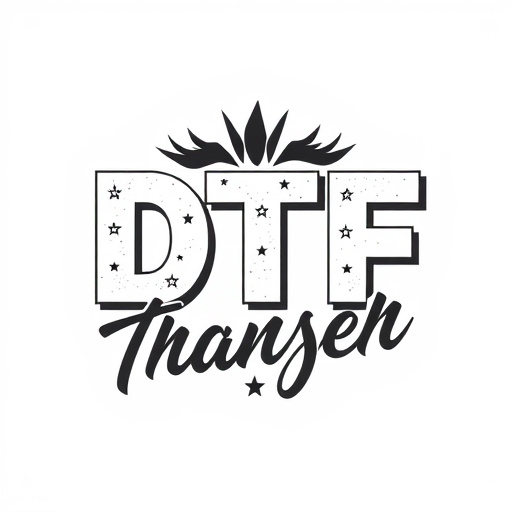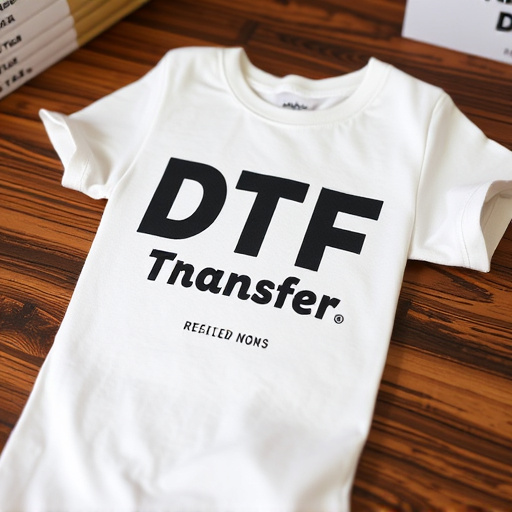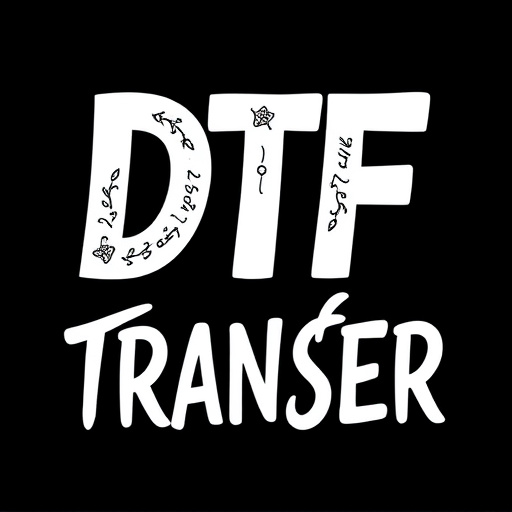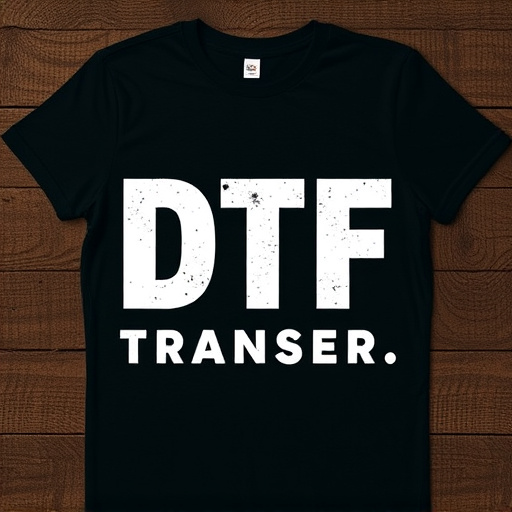Direct-to-film (DTF) printing is a cutting-edge technology transforming custom apparel, delivering high-quality vibrant prints on fabrics like cotton, polyester, and nylon. Its key benefits include intricate design capabilities, versatility across textures, and a seamless finish eliminating the need for coating or lamination, streamlining production. DTF has democratized personalized fashion, offering rapid prototyping, enhanced quality, and diverse applications from everyday basics to trendier items. The creative process involves digitalizing sketches using specialized software, experimenting with colors and patterns. While challenges exist, like fabric compatibility and print detail, DTF's potential is vast, promising improved durability, faster production, and sustainability benefits, catering to modern consumers' evolving preferences.
Direct-to-film (DTF) printing is transforming the clothing industry by offering a versatile, cost-effective solution for creating intricate designs on various garments. This innovative technology enables precise, high-quality prints directly onto fabric, eliminating the need for costly intermediate steps.
This article explores DTF’s advantages, from its ability to personalize items to its suitability for both basic and fashion pieces. We’ll delve into the creative process, technical considerations, and market trends shaping the future of DTF in apparel.
- Understanding Direct-to-Film (DTF) Printing: A Comprehensive Overview
- Advantages of DTF for Clothing Design and Production
- Suitable Clothing Items for DTF Designs: From Basics to Fashion Pieces
- The Creative Process: Designing for DTF Clothing
- Technical Considerations for High-Quality DTF Prints
- Market Trends and Future Prospects of DTF in Apparel Industry
Understanding Direct-to-Film (DTF) Printing: A Comprehensive Overview
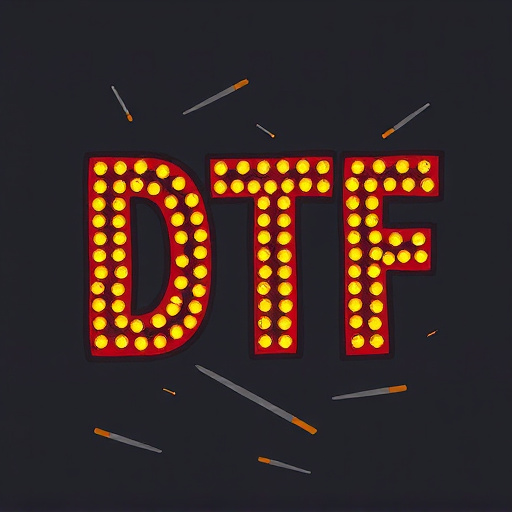
Direct-to-film (DTF) printing is a cutting-edge technology that has transformed the way custom clothing designs are brought to life. Unlike traditional printing methods, DTF allows for high-quality, vibrant prints directly on various fabric types, making it an attractive option for fashion designers and businesses seeking unique, personalized clothing items. This innovative process involves applying ink directly onto the fabric using specialized equipment, resulting in exceptional durability and a wide array of design possibilities.
DTF printing offers several key advantages. Firstly, it enables intricate and detailed designs with sharp lines and rich colors. This makes it suitable for complex artwork, graphic patterns, and even photographic prints. Secondly, DTF is versatile, applicable to numerous fabrics such as cotton, polyester, and nylon, allowing designers to experiment with different textures and materials. Furthermore, the direct application of ink ensures a seamless finish, eliminating the need for additional coating or lamination, thus streamlining the production process. This technology has revolutionized custom apparel, making it easier than ever to create personalized clothing that stands out in today’s market.
Advantages of DTF for Clothing Design and Production
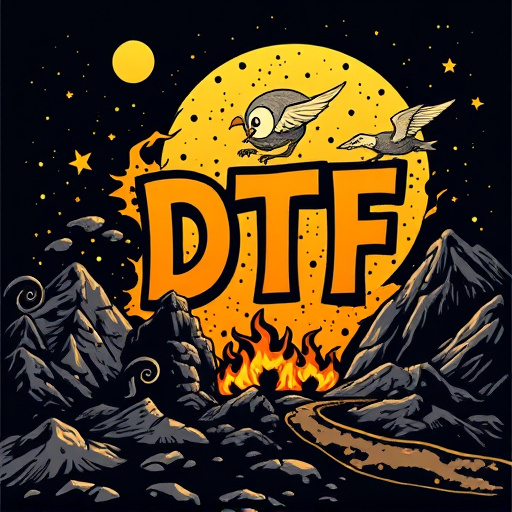
Direct-to-film (DTF) printing offers several advantages for clothing design and production, making it a popular choice among modern fashion creators. One of its key benefits is the ability to produce custom designs with intricate details and vibrant colors directly on fabric, eliminating the need for separate screening or plating processes. This efficiency not only saves time but also reduces costs, especially for small-batch or limited-edition collections. DTF allows designers to easily incorporate unique, personalized patterns and graphics, catering to the growing demand for one-of-a-kind fashion pieces.
Additionally, DTF printing is ideal for rapid prototyping and iterative design processes. Designers can quickly test concepts, make adjustments, and produce new variants, ensuring a more flexible and responsive approach to clothing creation. The direct application of designs also enhances the final product’s quality by minimizing the risk of bleeding or fading, common issues associated with traditional printing methods. Moreover, DTF is suitable for various fabric types and styles, expanding the creative possibilities for clothing designers.
Suitable Clothing Items for DTF Designs: From Basics to Fashion Pieces
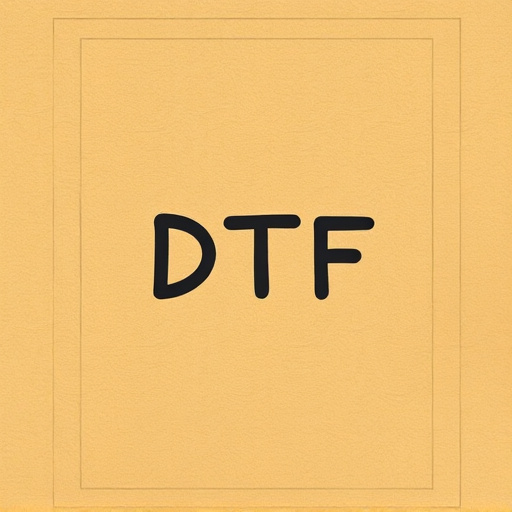
Direct-to-film (DTF) designs offer a unique and innovative way to personalize clothing, making it an exciting technique for both fashion enthusiasts and businesses. When it comes to suitable clothing items for DTF, the possibilities are vast, ranging from everyday basics to trendy fashion pieces. T-shirts, hoodies, and sweatshirts are popular choices due to their versatility; these garments can showcase intricate designs, bold graphics, or subtle patterns, making them perfect for casual wear or as a statement piece in an outfit.
For those seeking more unique options, DTF printing can be applied to dresses, skirts, and even accessories like scarves and bags. Dresses, in particular, allow for creative and eye-catching designs that can transform a simple garment into a true work of art. Additionally, the technique is suitable for fashion-forward items like jeans, jackets, and sneakers, enabling designers to experiment with limited runs or custom pieces, catering to individual styles and preferences.
The Creative Process: Designing for DTF Clothing

The creative process behind designing for Direct-to-Film (DTF) clothing involves a unique and dynamic approach. It begins with understanding the brand’s vision and target audience, ensuring that each design not only looks stunning but also resonates with the intended demographic. Designers draw inspiration from various sources, including current trends, cultural influences, and even classic art movements, translating these ideas into visual concepts that are ready for screen printing or other DTF techniques.
This process includes conceptualization, sketching, and digitizing designs to create high-resolution files suitable for printing. The use of specialized software allows designers to experiment with different colors, patterns, and placements, ensuring the final product is both visually appealing and feasible for mass production. By embracing the versatility of DTF methods, clothing manufacturers can offer a diverse range of items, from basic tees to complex graphic jackets, all while maintaining high-quality visuals.
Technical Considerations for High-Quality DTF Prints

Direct-to-film (DTF) printing offers a range of technical considerations for achieving high-quality results on various clothing items. One of the key aspects is ensuring the compatibility of the fabric with the printing method. Different fabrics have distinct properties, and not all materials are suitable for DTF. For instance, smooth and non-porous fabrics like polyester or nylon may require specific settings to avoid ink bleeding or blocking. Conversely, natural fibers like cotton absorb ink differently, offering a unique look but demanding precise control over temperature and pressure.
Additionally, the resolution and detail of the print should be carefully considered. High-resolution prints with intricate details can showcase complex designs beautifully, especially on larger garments. However, very fine lines might be susceptible to smudging or fading if not properly cured. Therefore, adjusting print settings, including ink types and curing times, is crucial for long-lasting, vibrant colors. Proper preparation of the printing surface, such as cleaning and priming, also plays a vital role in achieving exceptional DTF results.
Market Trends and Future Prospects of DTF in Apparel Industry
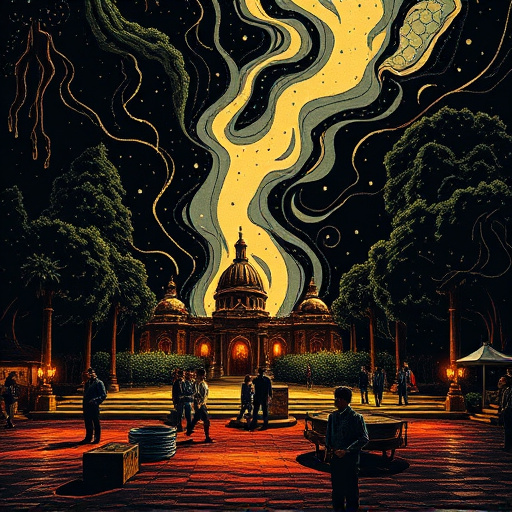
The Direct-to-film (DTF) printing method has been transforming the apparel industry, offering a dynamic and efficient approach to clothing design and customization. This innovative technique allows for intricate and vibrant designs to be applied directly onto fabric, enabling brands and designers to create unique, personalized garments at scale. Market trends indicate a growing appetite for bespoke and limited-edition pieces, driving the adoption of DTF technology across various segments.
Looking ahead, the future prospects of DTF in the apparel industry are promising. With advancements in printing technology and materials, the process continues to evolve, offering improved durability, wider color ranges, and faster production times. This evolution positions DTF as a sustainable and cost-effective solution for small and medium-sized businesses looking to compete with larger brands, fostering a more inclusive and diverse fashion landscape. Additionally, the method’s ability to reduce waste and streamline customization opens up exciting possibilities for on-demand clothing production, catering to the ever-changing preferences of modern consumers.








